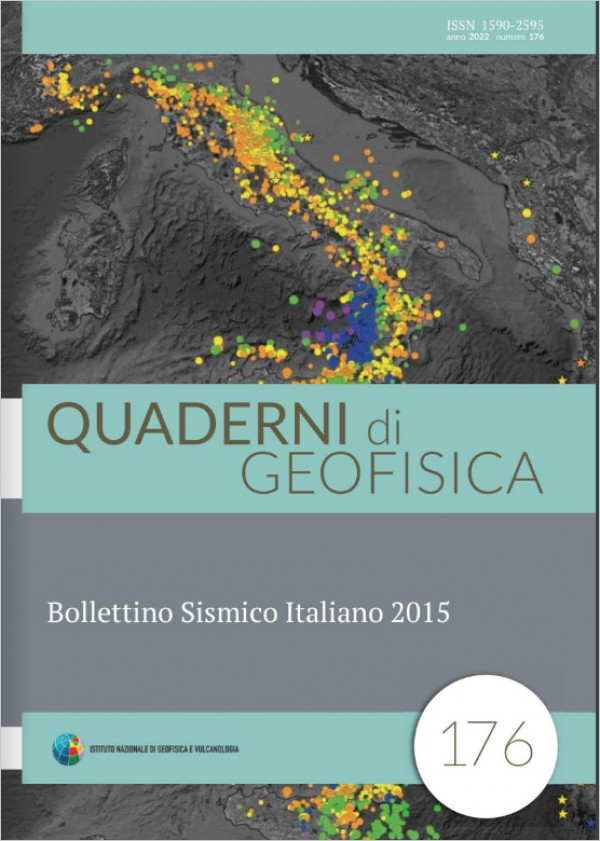The Istituto Nazionale di Geofisica e Vulcanologia (INGV) receives signals in real time from hundreds of seismic stations located throughout the country in the Seismic Surveillance Room and Tsunami Alert Center in Rome. When an earthquake occurs on the Italian territory, an automatic alarm provides a preliminary assessment of the hypocentral parameters within a couple of minutes. Two seismologists, always present in the seismic surveillance room in Rome, check the information obtained and, for earthquakes above a certain magnitude threshold (ML ≥ 2.5), communicate the data processed to the Civil Protection Operation Room in about 12 minutes (max 30’) [Margheriti et al., 2021].
The final evaluation of the hypocentral parameters of all earthquakes, from the strongest felt in vast areas of the territory to the smallest detected only by a few instruments, is carried out later using a more accurate analysis. This activity has been assigned, for decades and still today, to the group of analysts specialized in seismic signals interpretation.
The seismological analysts of the Italian Seismic Bulletin review all the data recorded by the stations of the National Seismic Network and recognize the presence of earthquakes through a direct analysis of the signals waveforms. In this way the analyst detects the time of arrival of the seismic waves to the various sensors and evaluates the amplitude of the oscillations and the direction of the ground motion; these parameters, used in specific calculation procedures, allow to locate each earthquake8and to evaluate the associated magnitude. The information thus obtained flows into the database that the INGV manages and makes available to the community. This publication aims to make known a product of the National Institute of Geophysics and Volcanology, The Italian Seismic Bulletin, with specific focus on 2015 analysis. The main characteristics of natural seismicity and that of anthropogenic origin recorded in Italy during the examined year will be outlined.
Published: 2022-04-05

